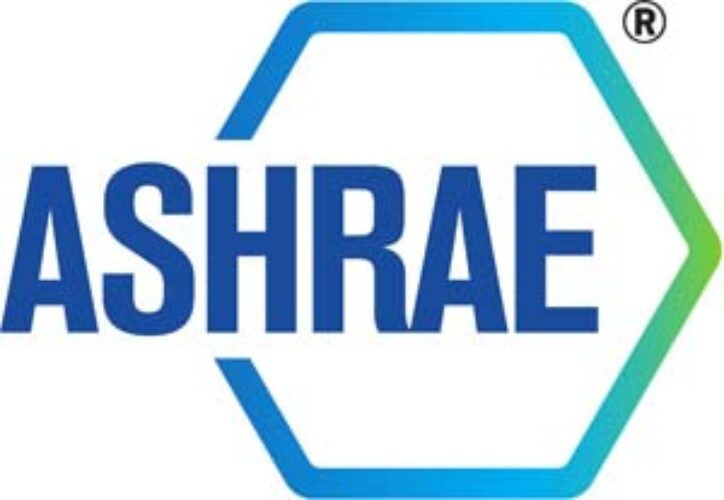Workplace discomfort due to ambient temperature is a constant preoccupation for building managers and the CNESST (formerly CSST), who are keen to ensure optimum working conditions for workers in all seasons.
To achieve a pleasant indoor climate for 80% or more of a building’s occupants, we refer to the standards of the American Society of Heating, Refrigerating and Air-Conditioning Engineers (ASHRAE) for office work (sedentary or light activities).
Here’s a practical guide to help you find your way around and maximize thermal comfort without headaches.
General recommendations
Operating temperature
Once the humidity percentage has been stabilized, you should ensure that indoor temperatures fall within this range: from 23 to 26 ˚C in summer, and from 20 to 23.5 ˚C in winter. However, the operating temperature can be raised up to 3 ˚C above the comfort zone if the air velocity is increased above 0.2 m/s (the latter should not exceed 0.8 m/s). It is also preferable for air speed and direction to be adjusted by workers for maximum comfort.
Pay particular attention to temperature variations and the speed at which they occur. According to ASHRAE, operating temperature should not vary by more than 0.5 ˚C per hour.
Common problems and solutions
Excessive draughts near workstations
- Review the ventilation system each time work areas are changed; their original purpose may differ from their actual use.
- Adjust air diffusers to avoid draughts on workers. No minimum air movement is needed to ensure thermal comfort when temperatures are in the comfort zone. Even in summer!
- Control cold draughts from outside by using warm air screens or curtains. This method is ideal for workstations located near entrances and exits, or near receiving and shipping areas.
- Seal doors and windows.
- Position heating vents under windows to warm draughts or infiltrations.
Temperature difference of more than 3 degrees between feet and head in a closed room
- Ensure that floor temperatures are neither too hot nor too cold (expert assessment is recommended to find the appropriate corrective action).
- Avoid the use of central thermostats, instead opt for a greater number of controls allowing for adjustments to be made according to the worker’s preferences and for the different workstations.
- Use auxiliary heating if necessary.
- Let the sunshine in, taking care not to block windows.
Excessive heat
- Air-condition the workplace if possible.
- Maintain adequate humidity.
- Install fans to create air movement for sweat evaporation.
- Filter sunlight with blinds.
- Limit the use of electrical appliances (coffee makers, lamps, computers, etc.) when not essential.
Dry skin, eye and respiratory tract irritation
- Maintain proper humidity levels.
- Maintain indoor temperature between 23 and 26 ˚C in summer, and between 20 and 23.5 ˚C in winter.
Need an extra helping hand?
Would you like expert advice on how to make your building more comfortable? Do you have general questions about ASHRAE standards? Contact our team today at 514 422-0444 for the Montreal area, or 418 476-0444 for the Quebec City area. You can also reach us at any time via our contact form!























